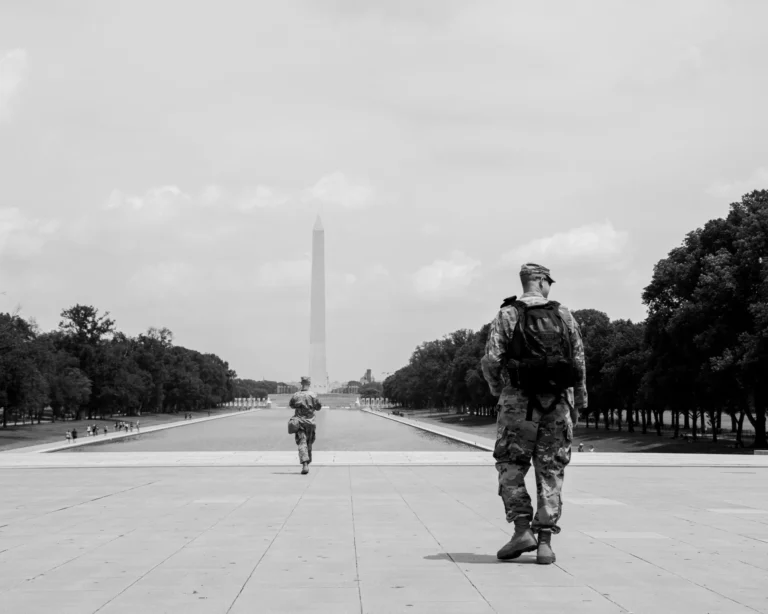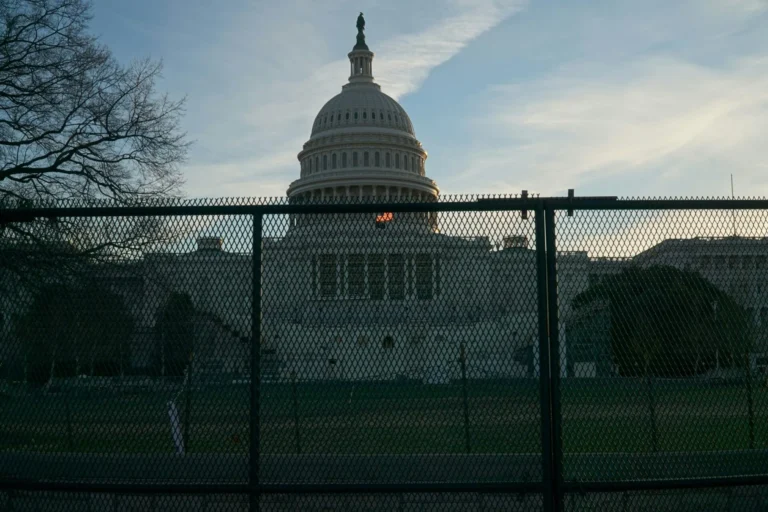By Cliff Montgomery – Mar. 31st, 2011
The American Spark is proud to present the fifth–and final–part of its short history on American Labor.
Why publish this quick study? Because many may not know of the essential role labor unions play in American democracy, or of the essential part they play in the maintenence of this country’s middle class.
Also, an admission: we did not put together this wonderful history. The information seen below comes straight from The Illinois Labor History Society website. Please check out its excellent documentation and resources.
American Labor History: Part V
The Second World War: 1939-1945
Labor Related Issues of the Period
- Women and blacks enter the work force in large numbers as the main work force of white males go to war.
Labor Related Events of the Period
1940:
In Apex Hosiery Co. v. Leader, the Supreme Court ruled that a sit-down strike is not an illegal restraint of trade under the Sherman Anti-Trust Act in the absence of intent to control trade.
John L. Lewis resigned as CIO president to be replaced by Philip Murray.
1941:
The United Auto Workers were recognized by Ford Motor Company. They sign a union-shop agreement–the first in the auto industry.
The United States entered World War II on December 8. The AFL and the CIO announce a no-strike pledge for the duration of the war.
1942:
The United Steelworkers of America was created to replace the Steel Workers Organizing Committee first established in 1936 by the CIO.
President Roosevelt establishes the National War Labor Board to determine procedures for settling labor disputes.
The National War Labor Board establishes a procedure for wartime wage adjustments.
The Stabilization Act gives President Roosevelt the authority to stabilize wages based on September 15, 1942 levels.
1943:
Roosevelt made an executive order to create a Committee on Fair Employment Practices to eliminate employment discrimination in war industries based on race, creed, color or national origin.
The Smith-Connally (War Labor Disputes) Act authorized plant seizure if needed to avoid interference with the war effort.
1944:
There are 18,600,000 union workers in the US, 3,500,000 are women.
1945:
World War II ends.
The CIO affiliated with the newly created World Federation of Trade Unions. The AFL did not join because it felt the labor organizations of the Soviet Union were not “free and democratic”.
Post War America: 1946-Present
Labor Related Issues of the Period
Though the timeline below does not show it, a growing trend developed and continues for the unification of unions in related occupations. In the 1990s, unions with no apparent connection [were] merging to form large associations. This mirrors the trends in business consolidations for…economy of resources.
Labor Related Events of the Period
1946:
Largest strike wave in history as pent up labor troubles are unleashed by the end of war-time controls.
1947:
Congress passed the Taft-Hartley Act which restricts union activities and permits the states to pass “right-to-work” laws.
The Norris-La Guardia Act prohibition against injunctions in labor disputes was held to be inapplicable to the Government in U.S. v. John L. Lewis.
1948:
General Motors and the United Auto Workers signed the first major contract with an escalator clause, providing for wage increases based on the Consumer Price Index.
In Washington D.C., the Federal Governments first national conference on industrial safety met.
1949:
An amendment to the Fair Labor Standards Act of 1938 directly prohibited child labor for the first time. The CIO anti-Communist drive led to the expulsion of two unions at its annual convention. Nine other unions expelled by mid-1950.
Free, democratic trade unions from various countries withdrew from the World Federation of Trade Unions which came to be dominated by communists. The International Confederation of Free Trade Unions formed in London by labor representatives of 51 countries.
1950:
A five year contract between the United Auto Workers (UAW) and General Motors granted pensions, automatic cost of living wage adjustments and a modified union shop.
1951:
An amendment to the Taft-Hartly Act permitted the negotiation of union shop agreements without previous polls of employees.
1952:
President Truman seized the steel industry when companies reject the Wage Stabilization Board’s recommendations. An 8 week strike followed when the Supreme Court found the president’s action unconstitutional.
George Meany became president of the AFL following the death of William Green.
Walter Ruether, former UAW president, became president of the CIO following the death of Philip Murray.
1955:
Ford Motor Company and the UAW agreed to a supplementary unemployment compensation plan financed by company contributions.
The AFL and CIO reunited with George Meany as the first president. This brought together about 85% of all union members under one large union.
1957:
AFL-CIO expelled Bakery Workers, Laundry Workers and Teamsters for corruption.
1959:
The Landrum-Griffen Act (Labor-Management Reporting and Disclosure Act) passed by Congress which regulates the internal affairs of unions in order to lessen corruption.
1962:
Federal employee’s unions given the right to bargain collectively with government agencies as a result of President Kennedy’s executive order.
1963:
The Equal Pay Act prohibited wage differences for workers based on sex.
1964:
The Civil Rights Act prohibits discrimination in employment based on race, color, religion, sex or national origin.
1966:
Coalition bargaining occurred in negotiations between eleven unions and General Electric.
1968:
The Age Discrimination in Employment Act went into effect. It made it illegal to discriminate in hiring or firing person between 40-65 on the basis of age.
The UAW left the AFL-CIO and joined the Teamsters in forming the Alliance for Labor Action (ALA).
1969: The Department of Labor started to actively promote minority placement in the Philadelphia construction industry.
1970:
First mass postal strike in the history of the US Postal Service.
Hawaii became the first state to allow its state and local officials the right to strike.
Congress passed the Occupational Safety and Health Act (OSHA).
1973:
The major steel companies and the United Steelworkers of America approved an “Experimental Negotiation Agreement” where the union gave up the right to strike in favor of binding arbitration. The companies agreed to end stockpiling of products.
Washington became the first state to allow the union shop for civil service employees.
1974:
Coalition of Labor Union Women formed in Chicago.
Pension funds to be regulated by Congress under the Employee Retirement Income Security Act.
In response to the growth of public employee unionism, the AFL-CIO created a public employee department.
1975:
80,000 members of the American Federation of State, County and Municipal Employees (AFSCME) went on strike in the first legal large scale strike of public employees.
1977:
President and the Congress raised minimum wage to $2.65.
1980:
The first woman was appointed to the AFL-CIO executive board, Joyce Miller.
1981:
Most of the nation’s air traffic controllers fired by President Reagan, who then de-certified their union in reponse to an illegal strike.
1990:
Population of the US: 248,709,873.
[And of course, we at The American Spark humbly add the most recent moment in American Labor.
2011:
Governor Scott Walker of Wisconsin plans to strip public workers of their Natural Right to assemble–specifically, their right to collectively ask for anything but the slightest pay hikes.
The state’s public-sector unions agreed to make large financial concessions. Gov. Walker flatly rejected those offers.
Why this strange stance against the American worker? Governor Walker is little more than the paid errand boy of his owners, David and Charles Koch. The Koch Brothers have a long history of financing reactionary, far-right initiatives.
They also appear to have been instrumental in getting Scott Walker into the governor’s mansion of Wisconsin, as we made clear in a recent article.]





